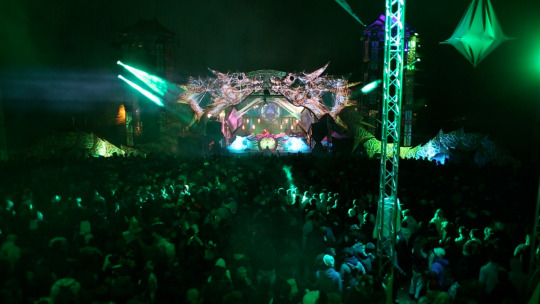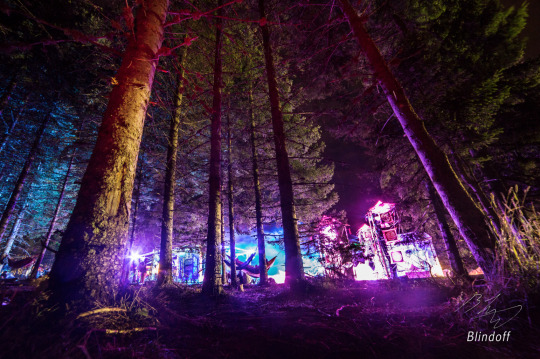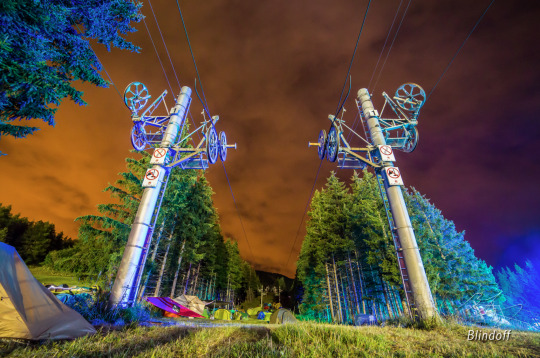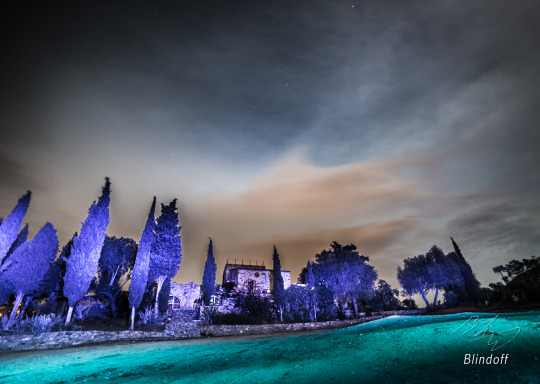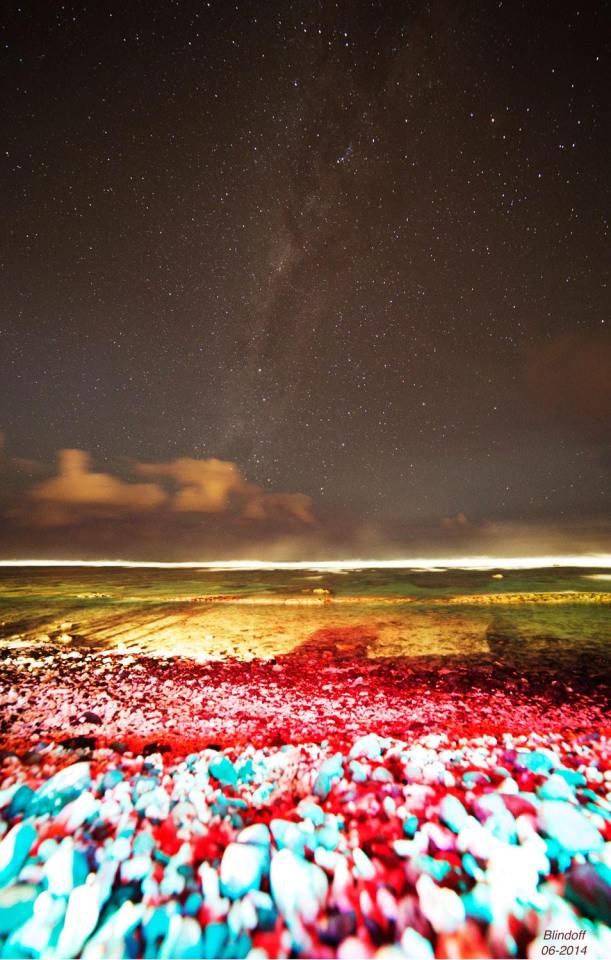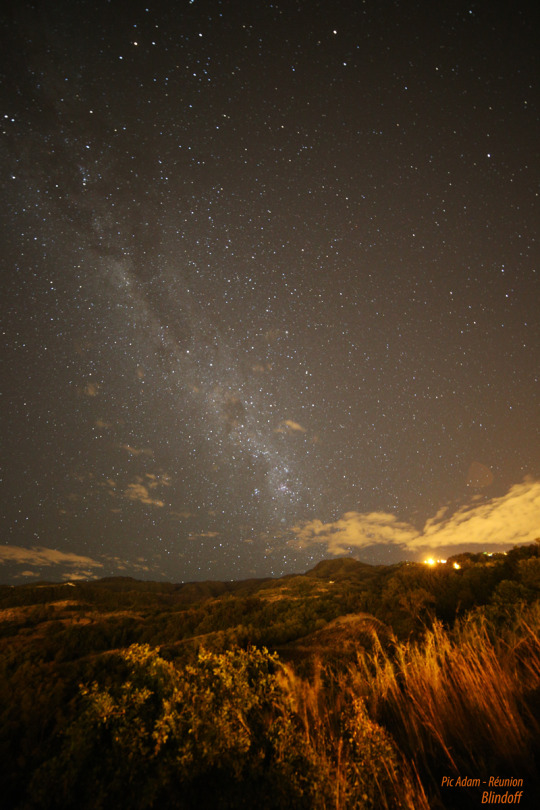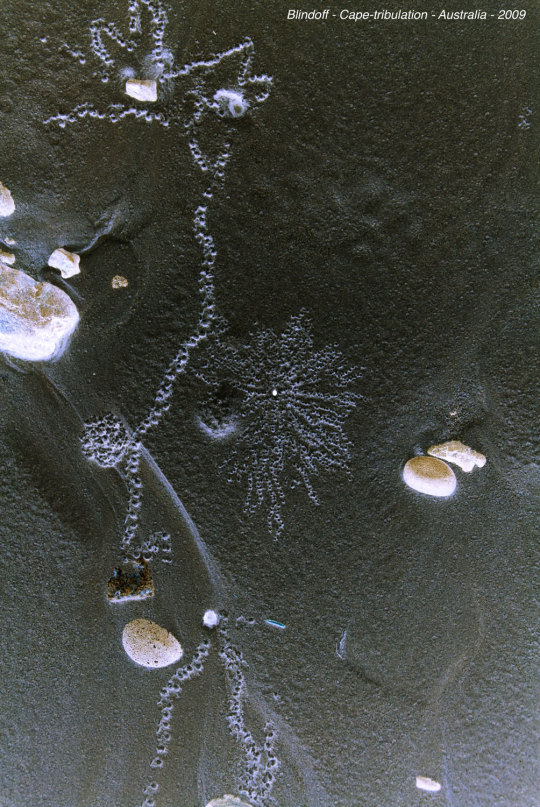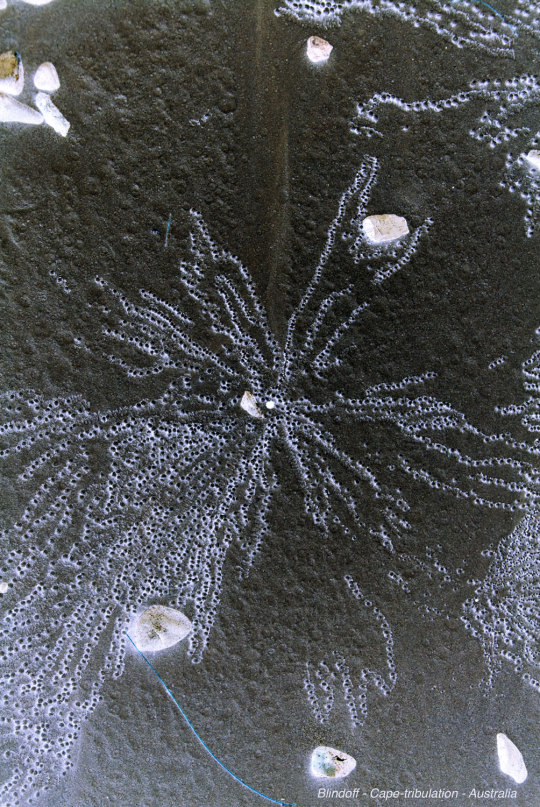Photo




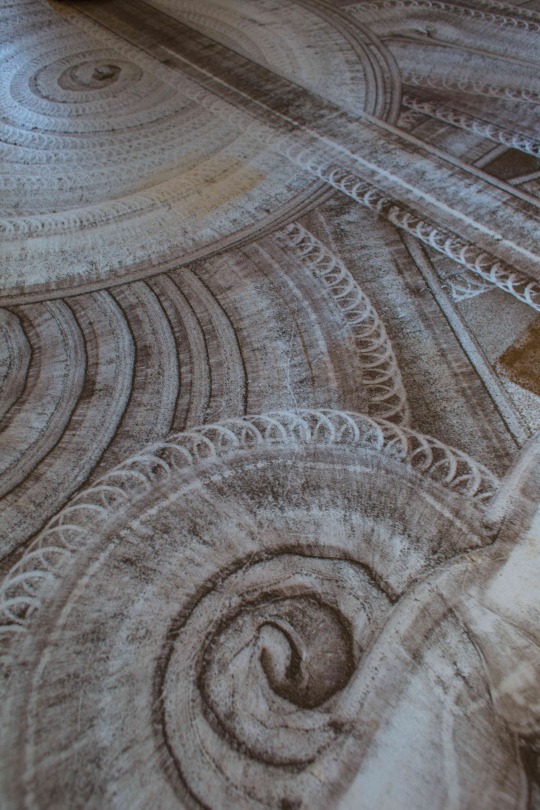
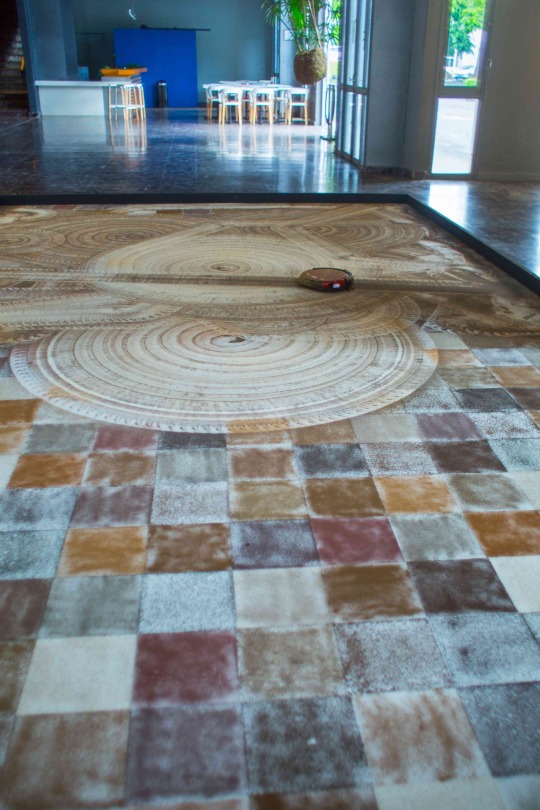
TERRE DE PATTERN
A classic manufactured cleaning vacuum robot will mix a square mosaic of different ground pouder (get from different geological places arround the area of the presentation by drying/squeezing and filtrering the natural ground get outdoor in nature). Here it is all kind of ground from the volcano lava natural degradation (piton de la fournaise).
By cleaning the robot wil displace the particules and draw different patern acoording to the mechanical and air flow vacuum principle. and it will draw in an infinite way, always erasing and redrawing, like the numéric generativ content art, but with a comercial manufactured robot cleaner. The area is kind of zen garden, very smooth and full of the different color according to the diversity of ground sources (38 in the exemple). Can be done with different spycies or color pigment.
The safe area is dedicated to insect and life print to the oposite to the robot print : in that case there were insects, gecko, and public and children finger and foot print...
2 notes
·
View notes
Photo
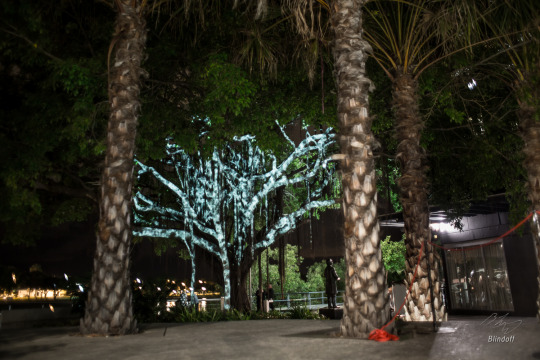






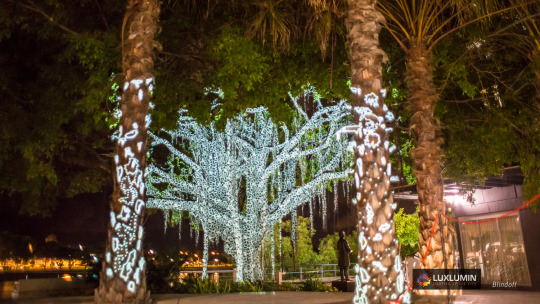
Fig tree mapping.
BlindoffLuxlimin festival - Townsville - Australia - Sept 2014
1 note
·
View note
Photo
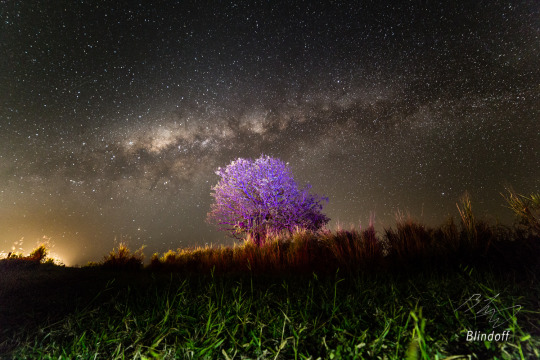
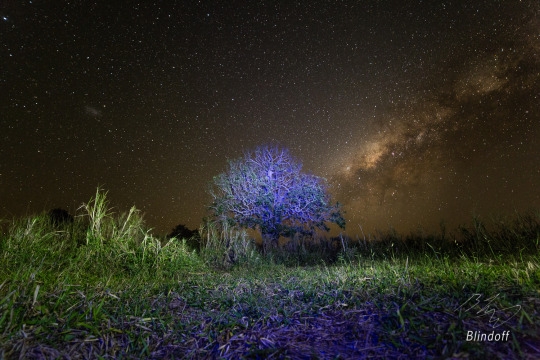
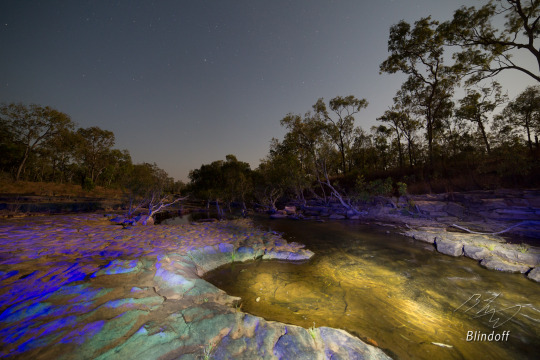


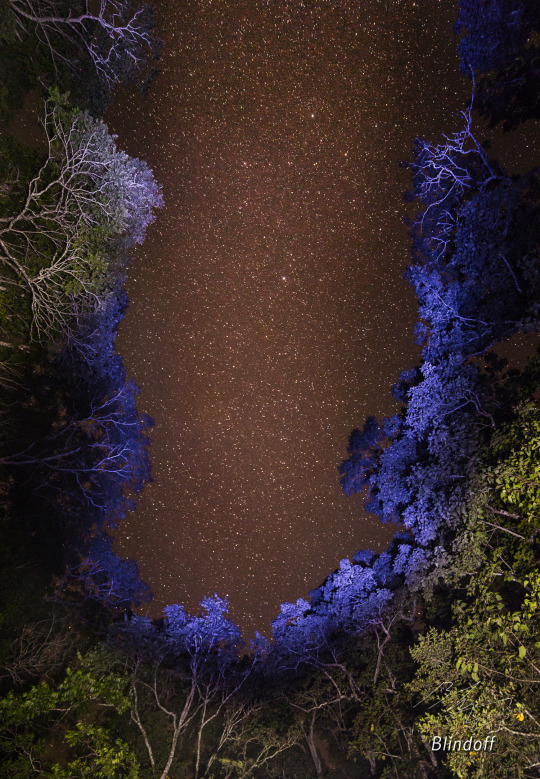
Wet Tropics World Heritage Area (WTWHA)
Blindoff - Australia - Oct 2014.
2 notes
·
View notes
Photo
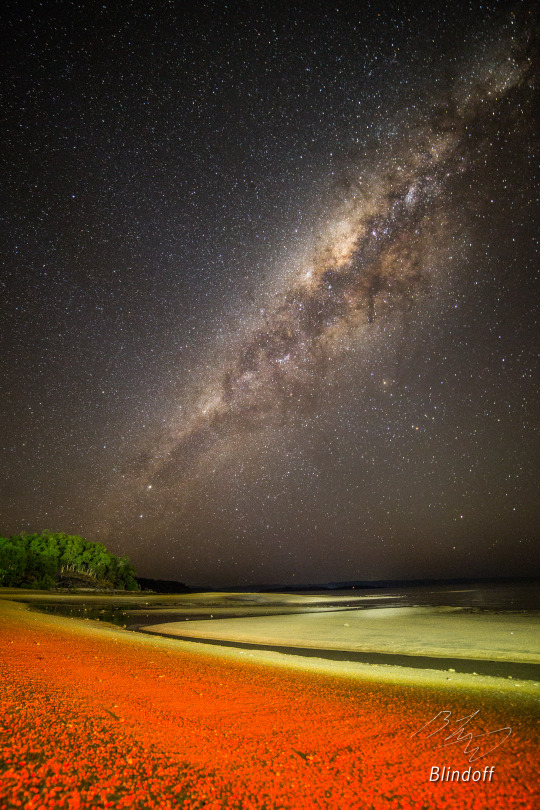


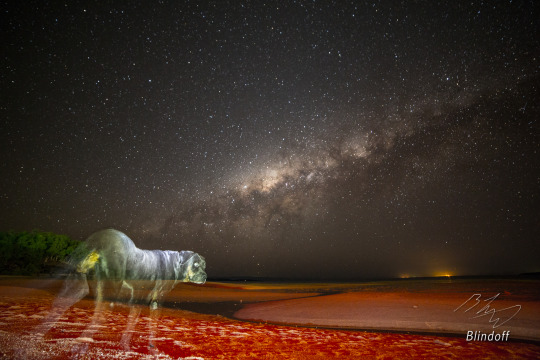


Palm island indeginious community (Bwgcolman). Art residency at the Bwgcolman community school and Saint-Michael school. Sept 2014. Queensland Australia.
Blindoff
#Palm island#Blindoff#Art residency#Communauté aborigène#Indeginious Bwgcolman community#Bwgcolam community school#Australia#Queensland#Night landscape milkyway#Aborigninal landscape#Min min
1 note
·
View note
Photo
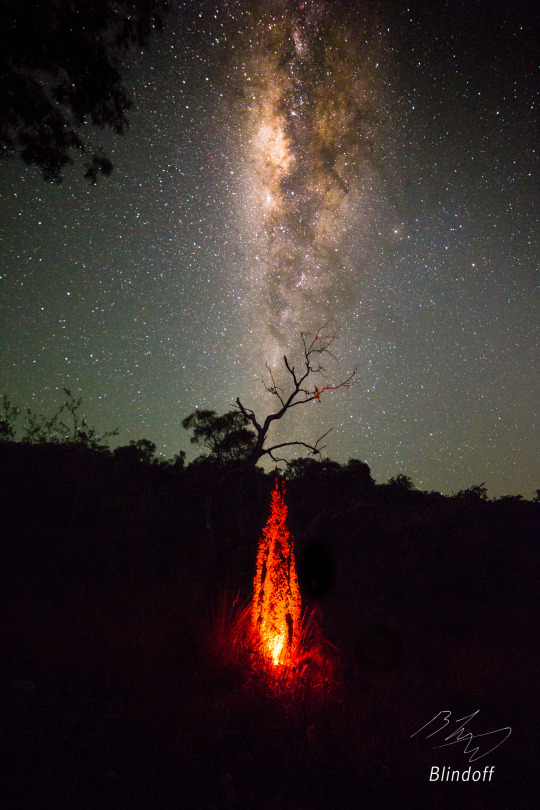
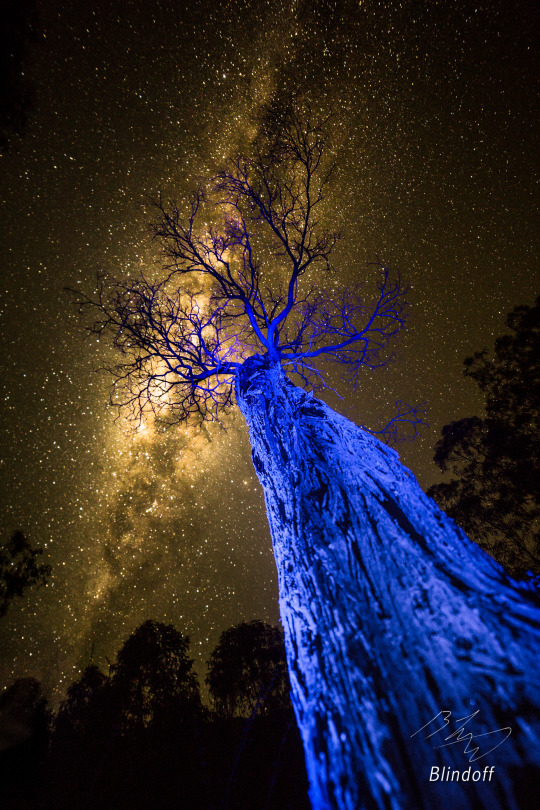

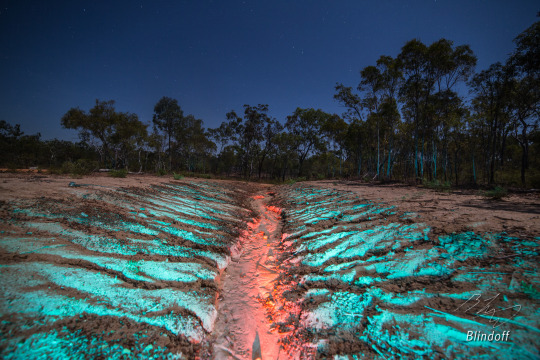
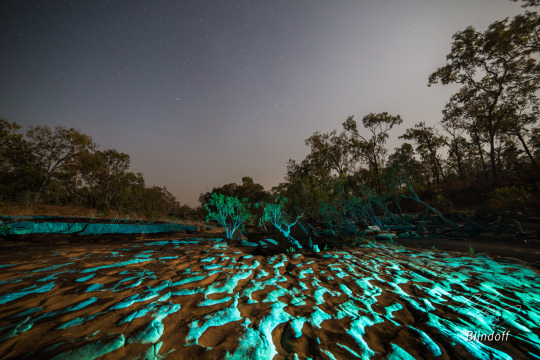


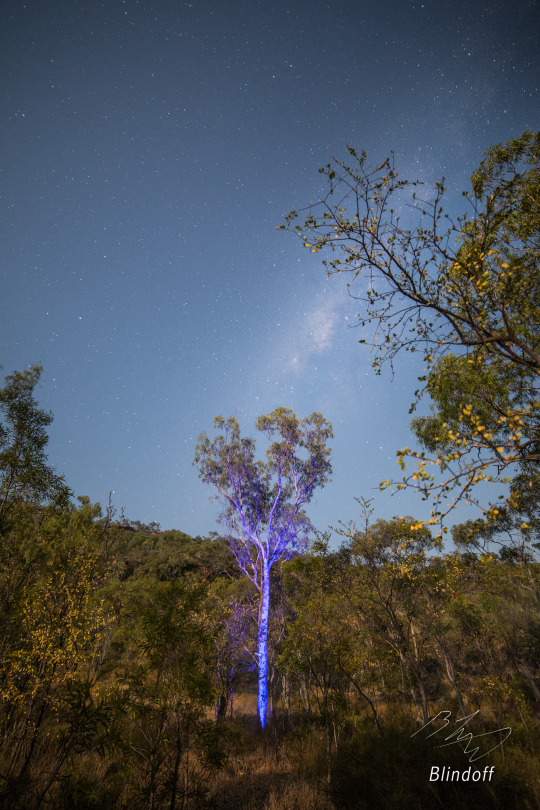

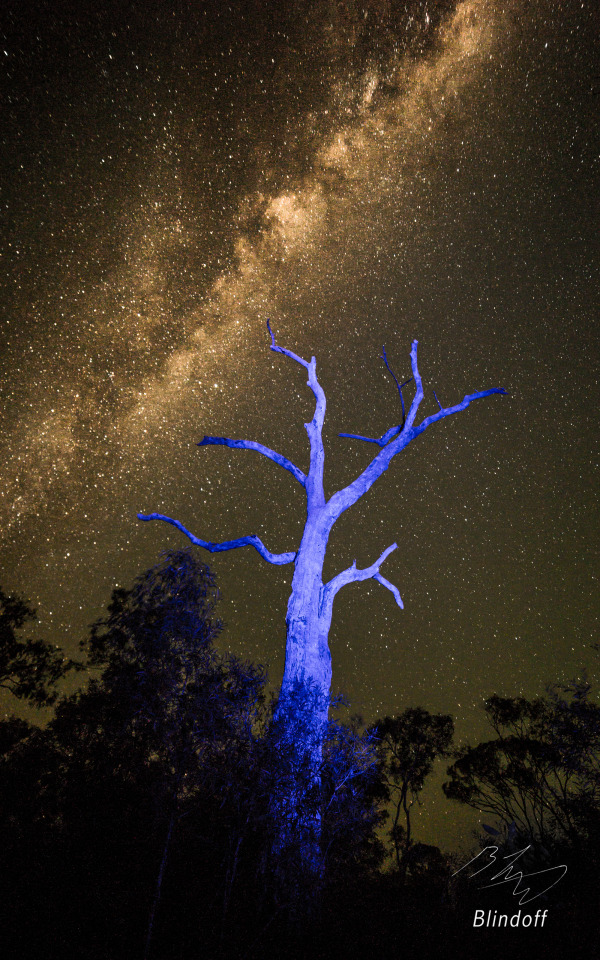
#Laura#Quinkan#Cape york penensula#Australia#North Queensland#Termites#Magnetic termites monds#Amitermes laurensis termites#land mapping#blindoff
4 notes
·
View notes
Photo

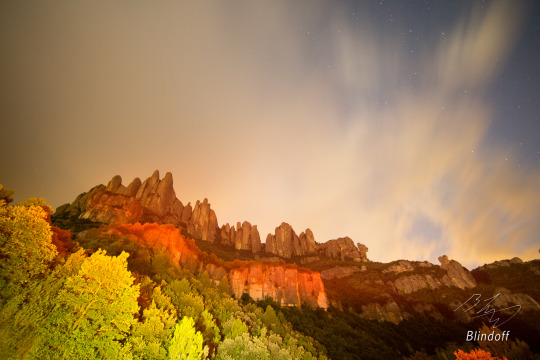
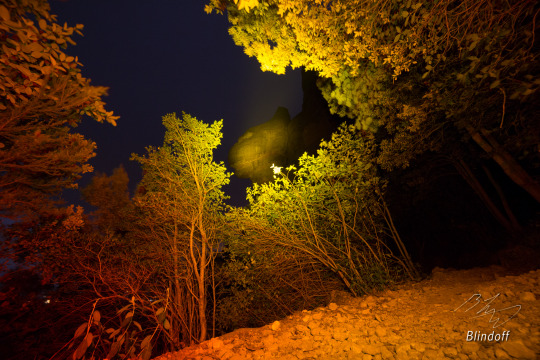
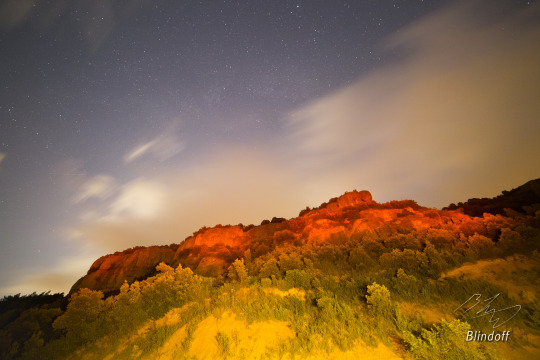
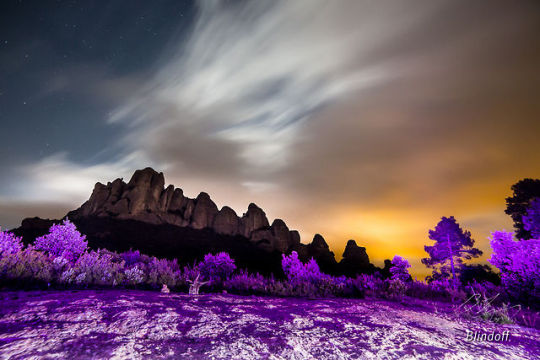


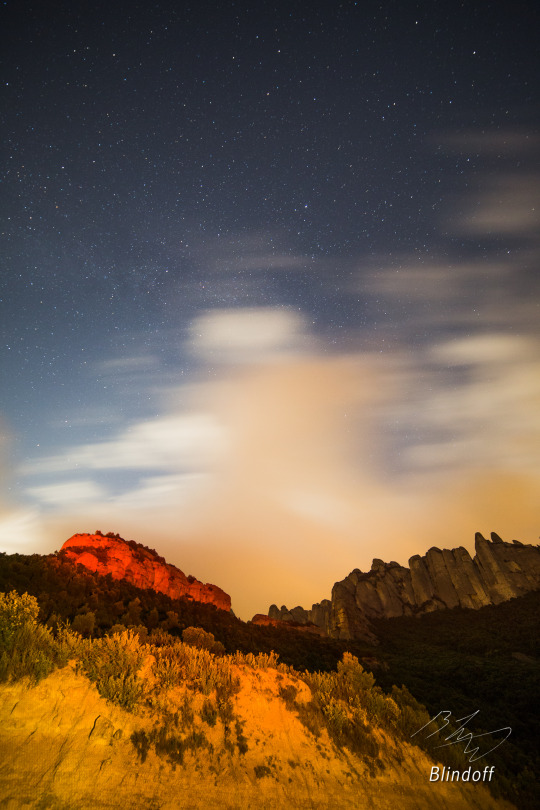
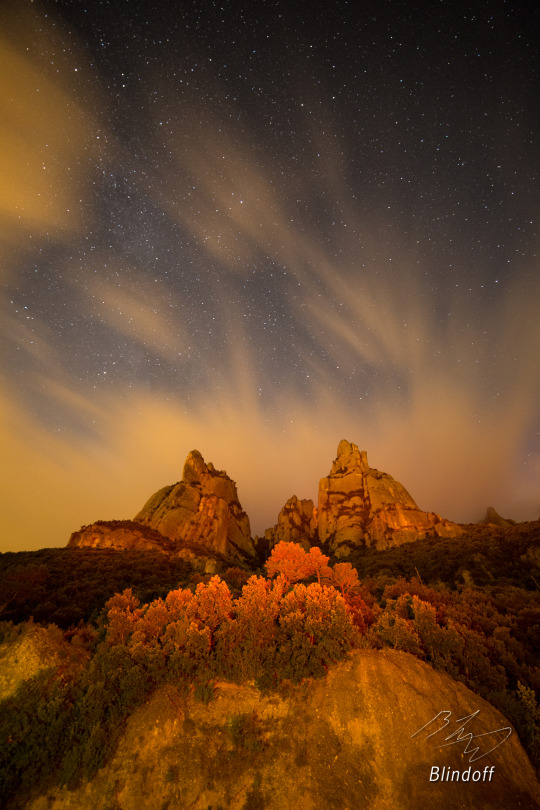
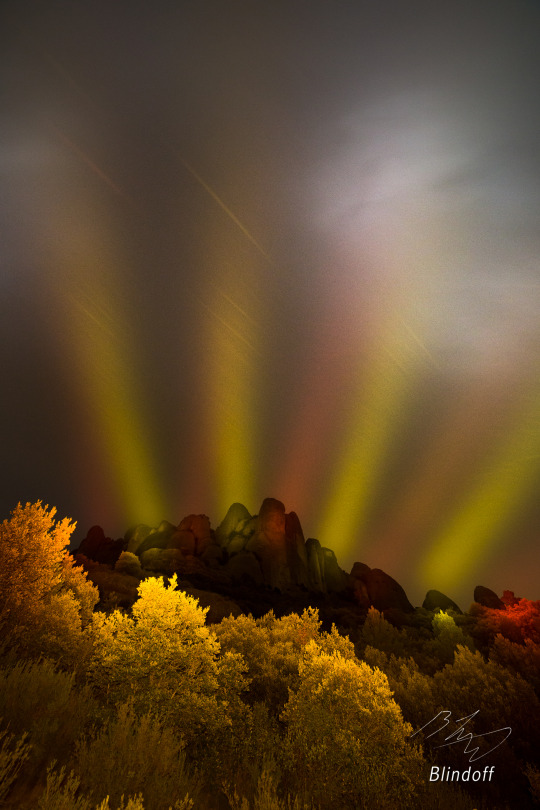
Catalunya flag on the Montserrat mountain near Barcelona and other photogrpahie tooked in August 2014.
Blindoff
0 notes
Photo
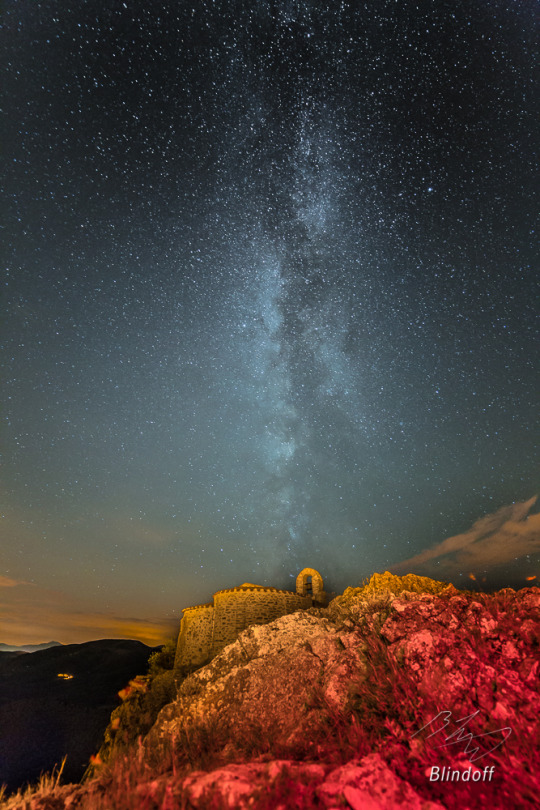

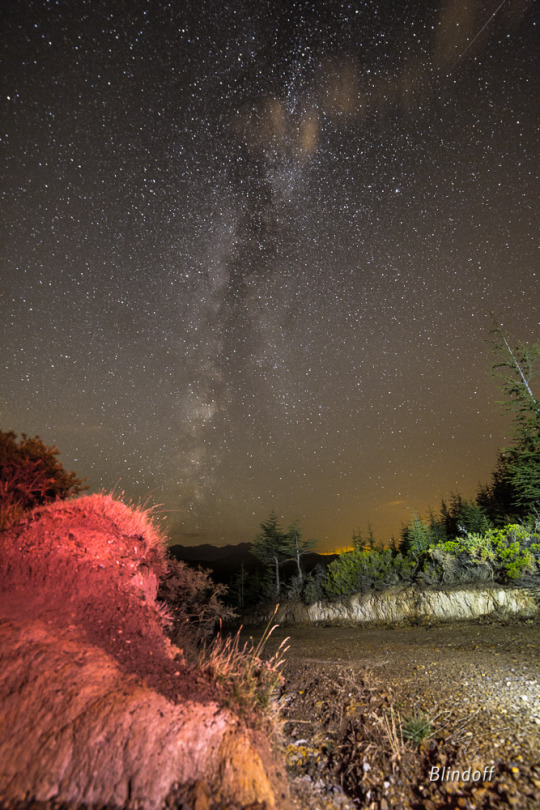

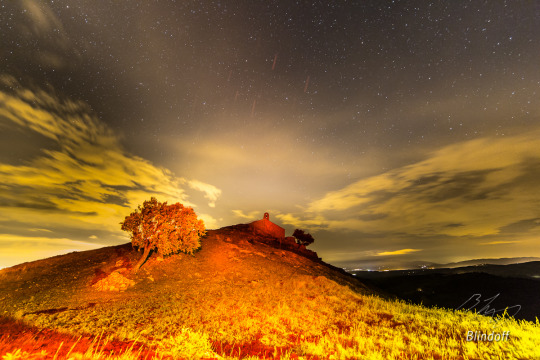



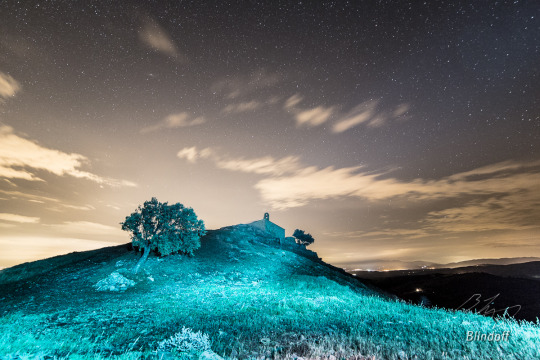

Blindoff - Land mapping lors de la Nuit des étoiles, Catalogne. à Camelas, chapelle de l'ermitage dominant le en contre bas du Canigou et dominant la plaine du Roussillon.
0 notes
Photo




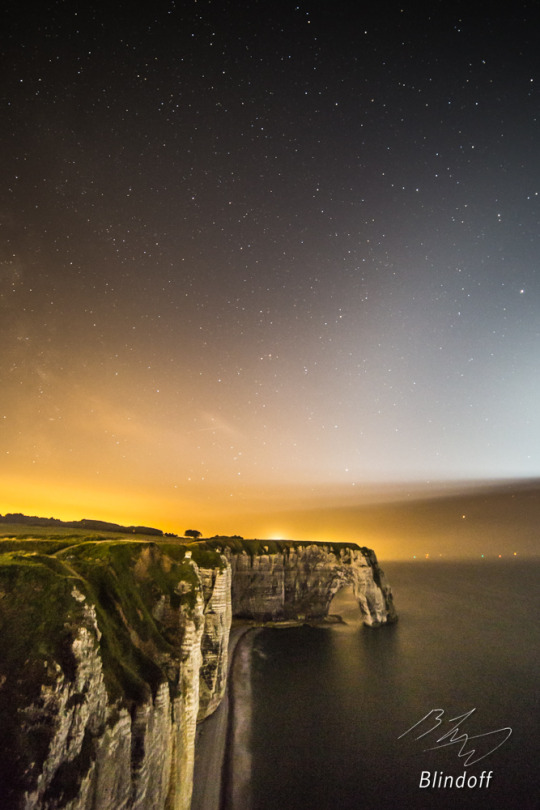
Falaise d'Etretat - Arche de La Manneporte.
Juil 2014.
Blindoff
0 notes
Photo





Les terrils jumeaux de la fosse N° 6 d'Haillicourt.
Pas de Calais - France
Classé UNESCO
Les volcans Sang et Or du Pas de Calais. France.
0 notes
Photo



Blindoff
Mapping des silots de Savana
Danse Pei 2014
Saint-Paul de la Réunion
0 notes
Text
LPM Eindhoven 2014, 3st Best VJ set, LAB1-NATLAB



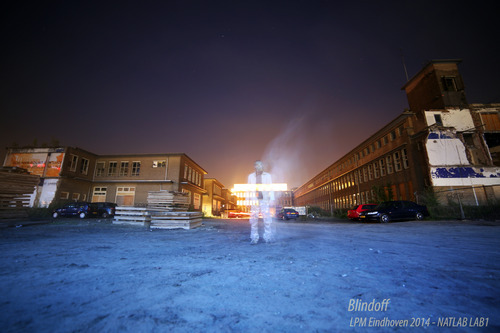
LPM Eindhoven 2014 3st Best VJ set.
LAB 1 NATLAB Eindhoven. NATLAB
Philips Research as a global organization grew out of the renowned “Natuurkundig Laboratorium” or NatLab which was established in 1914 in downtown Eindhoven. The NatLab pioneered a number of breakthrough inventions, which contributed to the successful expansion of Philips into a multinational company. These included the pentode radio tube, the rotary shaver, and the compact disc. In the early 1960s, Philips Research moved to its current site in Waalre, where it expanded into IC technology, software, and systems.
Vj Torna 2014 Eindhoven Battle Category winners are:
1. Chindogu (Uruguay)
Prize: Lime Art Group Live Visual Loops Pack Vol. 2 “Liquid Geometry” + Resolume License + Modul8 License + Vezér License + Numark Orbit MIDI controller + VJ Torna Award + VjLoopShop Gift Certificate 150 $
2. Eletroiman (Brasil)
Prize: Lime Art Group Live Visual Loops Pack Vol. 1 “Smart Lines” + Madmapper License + Vezér License + VjLoopShop Gift Certificate 100 $
3. Blindoff (Reunion)
Priza: Lime Art Group Live Visual Loops Pack Vol. 1 “Smart Lines” + CoGe Single User License + Vezér License + VjLoopShop Gift Certificate 50 $
Many thanks again to our technical partners
Roland - Resolume - Millumin - Modul8 - MadMapper - Hexler - Coge - Textmachine3D - Visution - Vezer - Interspace Magic Factory - Shop4Vjs - Matrox - Born Digital
And to the jury:
Laki Laszlo (VJ Torna)
Gianluca Del Gobbo (LPM, FLxER)
László Zsolt Bordos (Bordos Artwork)
Vj Spetto (United Vjs)
Alexander Kuiava (Lime Art Group)
Niculin Brandulin (Videokultur)
0 notes
Photo
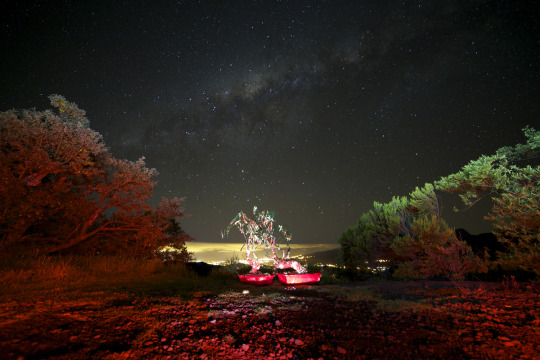
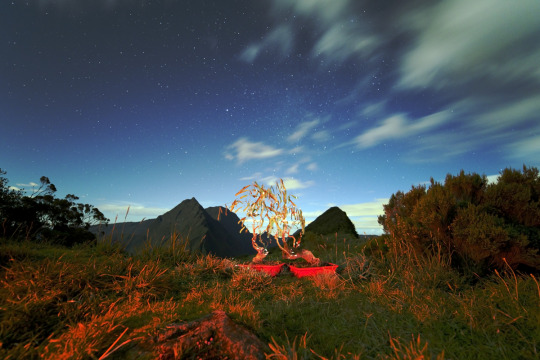
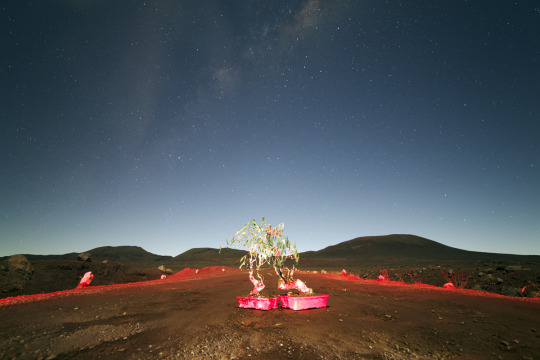

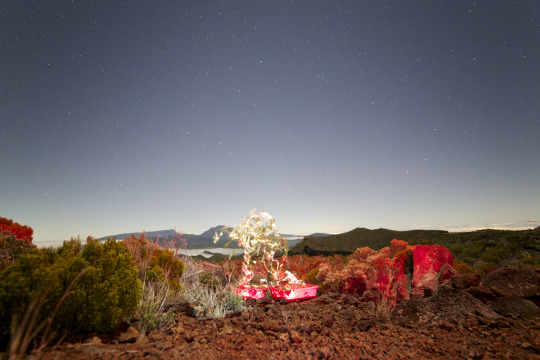


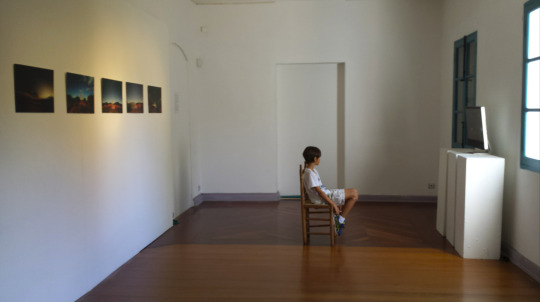

Maintenant planté, Les 2 bois noir des Bas implanté à la réunion pour faire de l'ombre aux plantation de caféiers, vont pouvoir se développer "librement" dans le musée historique de Villèle, ancienne plantation au temps de l'esclavage. Comment vont'ils grandir désormais ?
Will The bonsaïs gown normaly now after 25 of whole life in bonsai condition ?
Art Residency :
Cheminement
Drac Réunion
Résidence d'artiste en Territoire Scolaire - Saint-paul de la Réunion.
The travel video , No post production : true photo timelapse without any digital effect, direct from camera.
3D Mapping video done on site with renewable electricity power
https://vimeo.com/100694765
The free bonsai-NAPL 2014-Villèle - Blindoff from Blindoff on Vimeo.
« Les Bonsaïs » - Blindoff
Nuit d’art pleine lune 2014.
Résidence en territoire scolaire DACOI – Collège Antoine Soubou de Saint-Paul.
Installation mapping 360 3D et Lumière – Vidéo time lapse à partir d’une série de vraies photos réalisées sans trucage numérique. Technique personnelle. Tirage 35/40 sur Dibong
Implantation pérenne de 2 bonsaïs de Bois noir des bas à Villèle.
Deux bonsaïs ont été réimplantés de façon définitive dans le jardin du musée de Villèle au cours de la Nuit d’Art Pleine Lune 2014. Il s’agit de Bois noir des bas de 25 ans, créés par Arnaud Paris, créateur de bonsaïs à Saint-Anne. Ils ont toujours été ensemble, ont fusionné puis ont été séparés. Dorénavant réimplantés de manière définitive, ils fusionneront probablement avec le temps et seront ainsi réunis à nouveaux.
Mis en lumière lors de voyages sur l’ile de la réunion et à Villèle lors de la Nuit d’art pleine Lune, leur peau virtuelle de verre s’enlève comme un rituel de passage entre 2 phases d’une vie.
L’installation questionne la notion de liberté, car ces bonsais, façonnés pendant 25 ans, conserveront au cours des prochaines années de leur nouvelle vie « libre » une mémoire de forme issue de leur ancienne vie et de leur implantation pérenne dans le Jardin du musée Villèle, chargé d’histoire. Le bois noir de bas est une essence qui fut utilisée à Villèle pour faire de l’ombre aux plantations de café, ainsi que dans le mobilier.
Albizia lebbeck (L.) Benth. Bois noir des bas
Arbre moyen de 6 à 20 m de haut.
Histoire de l’introduction :
Le bois noir est originaire de l'Inde. D'abord introduit en 1767 à Maurice, puis de Maurice à Madagascar en 1814 et à La Réunion vers la moitié du 19ème siècle.
Utilisation :
- Le bois noir est utilisé en menuiserie, et en construction. Bien que nerveux et assez difficile à travailler manuellement il peut être utilisé en placage de luxe, ébénisterie et marqueterie.
- Il fournit un ombrage important, utilisé pour les routes ou les plantations sensibles en plein soleil.
- Résistant aux embruns et à la sécheresse, il est également employé en protection des sols.
- Excellent fourrage, à La Réunion il est très souvent mutilé et ses branches servent à nourrir les cabris, ce qui condamne irrémédiablement la croissance de l'arbre.
- Connu à La Réunion comme l’arbre musicien : en effet, les graines et les gousses en forme encore accrochées à l’arbre s’entrechoquent et créent une une ambiance musicale de cliquetis.
The Bonsais – Blindoff
Full moon Art Night, Villèle Museum 2014
Art residency in school environment DACOI (Office of Cultural Affairs of the Indian Ocean). High school Antoine Soubou, Saint Paul.
Mapping installation in 3D at 360° and light. Time lapse video from real photographs (no photoshopping). Printed 35 x 40 cm on dibong.
Permanent settlement of two Lebbek tree bonsaïs (Albizia lebbeck L.) in the garden of Villèle Museum
Two bonsais were definitely planted in the garden of the Villèle Museum during the “Full Moon Art Night” in 2014. They are Lebbek trees aged 25, created by Arnaud Paris, a bonsai designer from Sainte Anne. The two bonsais hae always lived together, they once fused, and then were split again. Now settled permanently, they will probably merge with time, and thus be together again.
They were light during trips around Reunion Island and then during the Full Moon Art Night. During this performance, their skin of glass were taken away, like a rite of passage from a life cycle stage to another.
The installation questions the freedom notion, because these bonsais, shaped for 25 years, will keep a shape memory over the next years of their new, free life in the garden of Villèle Museum, which is a place steeped in history.
At Villèle plantation, Lebbek trees were used to provide shadow to the coffea plants, as well as in furniture design.
Albizia lebbeck (L.) Benth. Lebbek tree
Medium size tree, 6 to 20 m high.
History of its introduction at Reunion Island:
The lebbek tree is originally from India. First introduced at Mauritius in 1767, then to Madagascar in 1814, and finally at Reunion Island around mid XIXth century.
Local use of the tree :
- it is used in carpentry, and for building. Although unstable and nervous, it can be used in luxury furniture, cabinet making and marquetry.
- it provides full shade, and thus is used along roads, or sensible plantations
- resistant to salt, sea spray, and drought, it is used to protect soils
- good fodder, it is often used to feed goats, which impedes its growth.
- known at Reunion Island as musician tree because the seeds and beans left on place make a subtle noise when clinking against each others.
0 notes
Photo







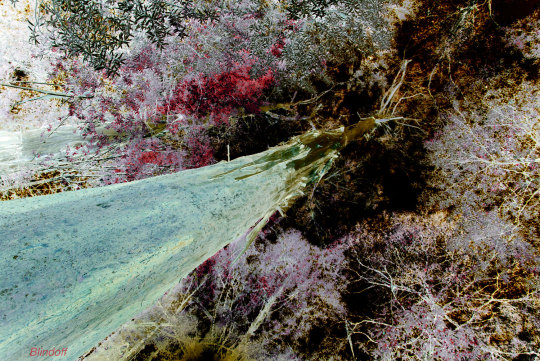


Negative portrait - Tree.
Tasmanie - Madagascar - Malaisia - France - Queensland - Central Australia - Tasmania
0 notes
